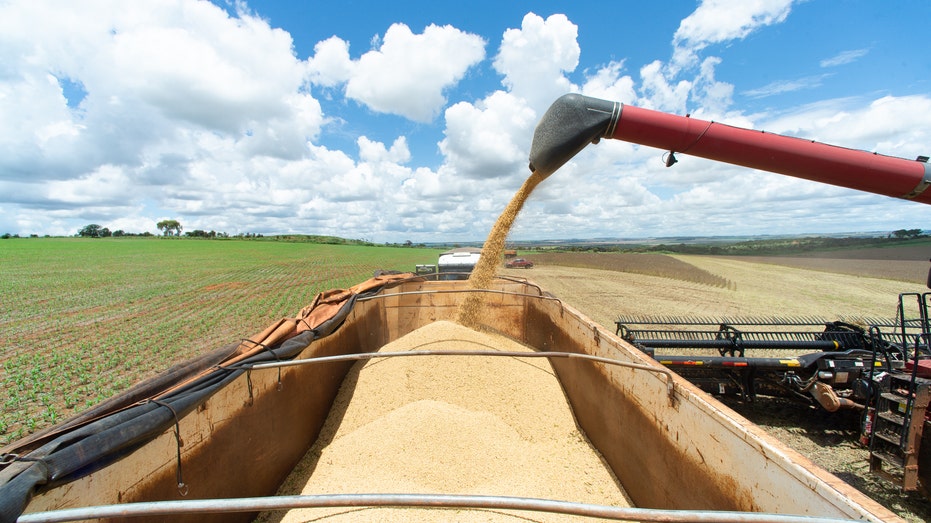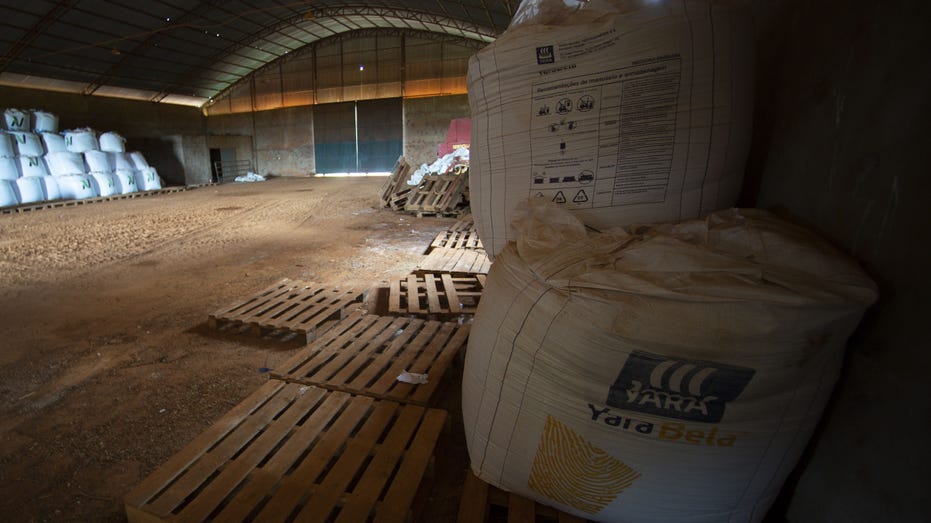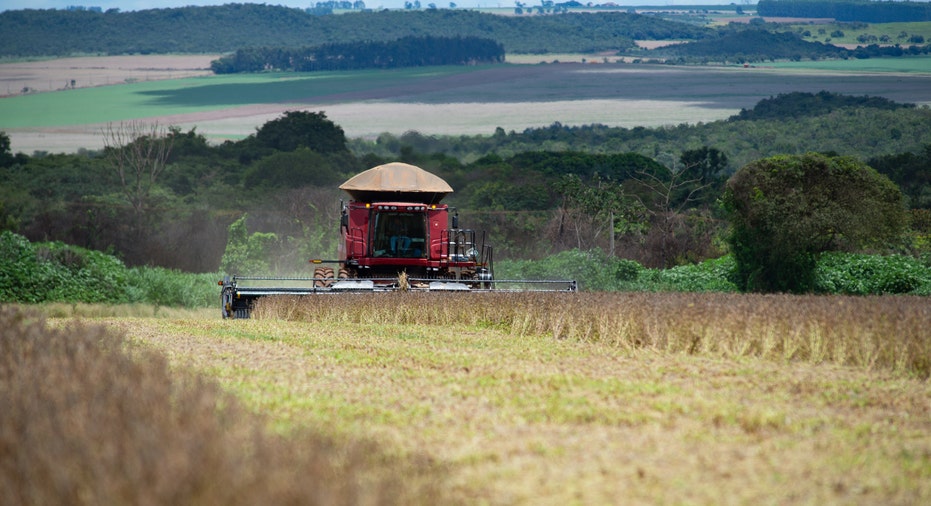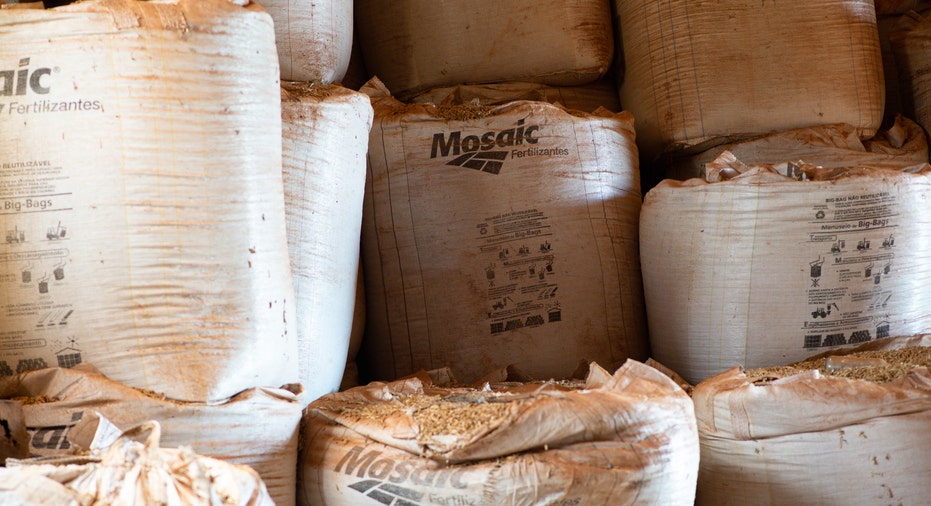As gold tops $2,000, a company’s chair invests over $1.3-million in this stock yielding 2.8%
Featured below are companies that have experienced recent insider trading activity in the public market through their direct and indirect ownerships, including accounts they have control or direction over.
The list features insider transaction activity; it does not convey total ownership information as an insider may hold numerous accounts.
Keep in mind, when looking at transaction activities by insiders, purchasing activity may reflect perceived value in a security. Selling activity may or may not be related to a stock’s valuation; perhaps an insider needs to raise money for personal reasons. An insider’s total holdings should be considered because a sale may, in context, be insignificant if this person has a large remaining position in the company. I tend to put great weight on insider transaction activity when I see multiple insiders trading a company’s shares or units.
Listed below are two stocks that have had buying activity in the public market reported by insiders.
Agnico Eagle Mines Ltd. (AEM-T)
On Feb. 28, executive chair and former chief executive officer Sean Boyd invested over $1.3-million in shares of Agnico Eagle. He acquired 20,000 shares at an average cost per share of approximately $66.43, after which this specific account held 188,269 shares.
On that same day, president, chief executive officer and director Ammar Al-Joundi bought 3,200 shares at a price per share of $64.229, lifting this particular account’s position to 153,703 shares. The cost of this purchase exceeded $205,000.
Last month, the company announced a 14 per cent dividend increase, raising its quarterly dividend to 40 US cents per share or US$1.60 per share yearly, equating to a current annualized yield of 2.8 per cent.
On Monday morning, the price of gold topped US$2,000 an ounce.
Cascades Inc. (CAS-T)
On Feb. 25, co-founder and executive chairman of the board of directors Alain Lemaire bought 40,000 shares at an average cost per share of approximately $12.24 for an account in which he has indirect ownership (Gestion Alain Lemaire inc.), taking this specific account’s holdings up to 4,900,090 shares. The cost of this investment totaled over $489,000.
Mr. Lemaire is the company’s former president and chief executive officer.
**
Listed below are three stocks that have had recent selling activity in the public market reported by insiders.
Eldorado Gold Corp. (ELD-T +2.18%increase)
On March 3, president and chief executive officer George Burns exercised his options, receiving 329,075 shares at an average cost per share of $5.90, and sold 329,075 shares at an average price per share of approximately $14.18, with 555,838 shares remaining in this particular account. Net proceeds exceeded $2.7-million, excluding any associated transaction charges.



